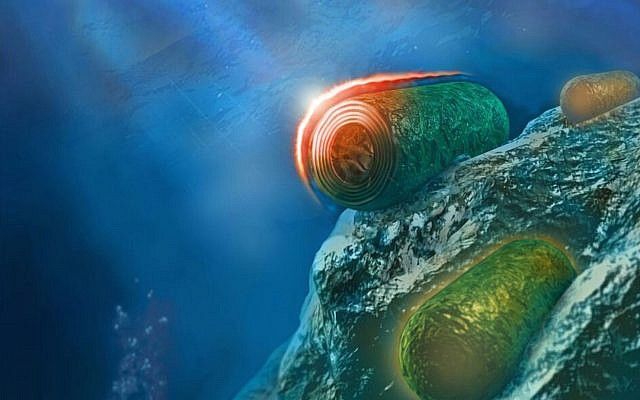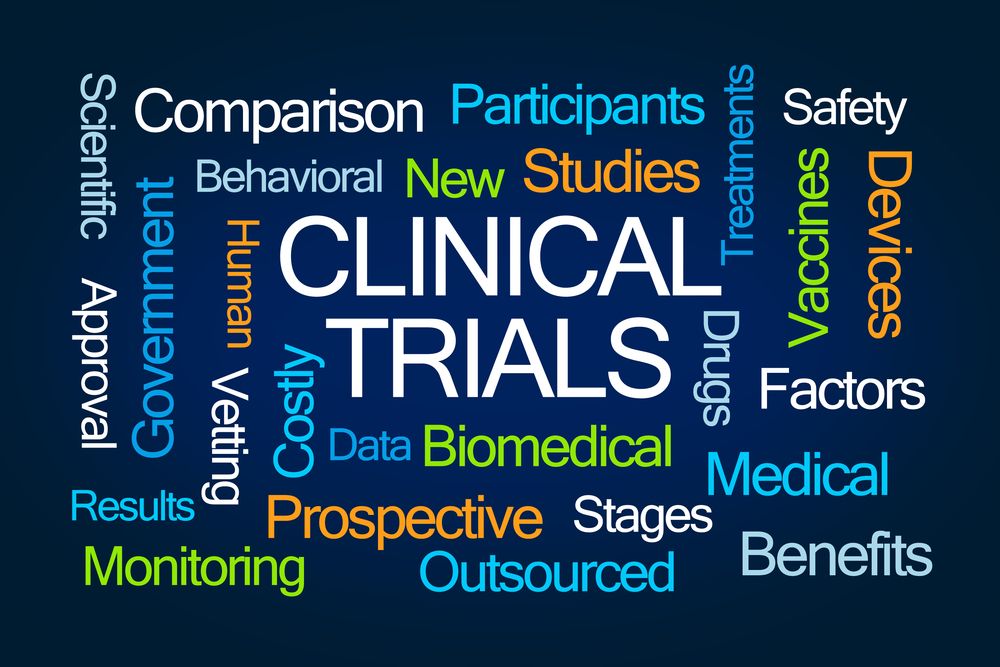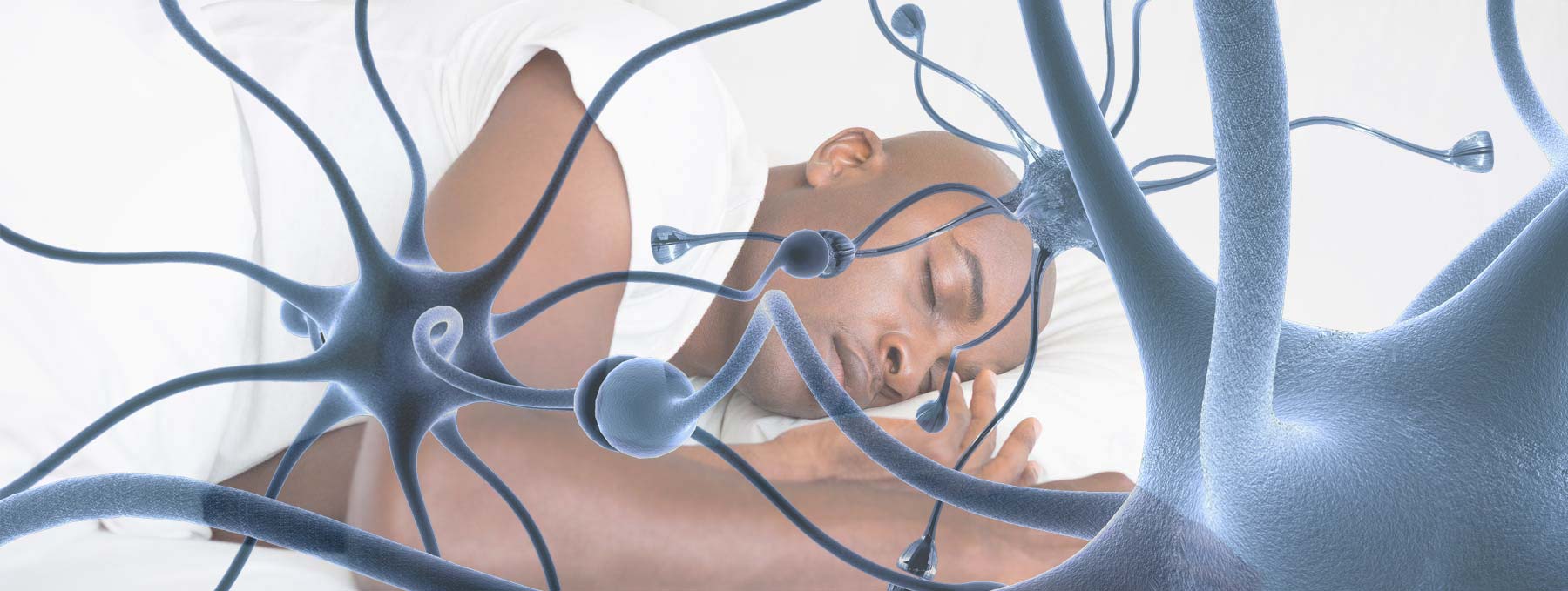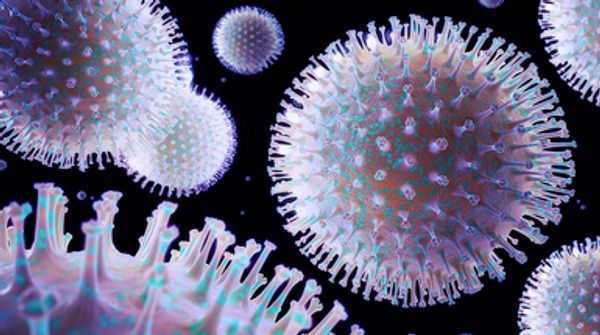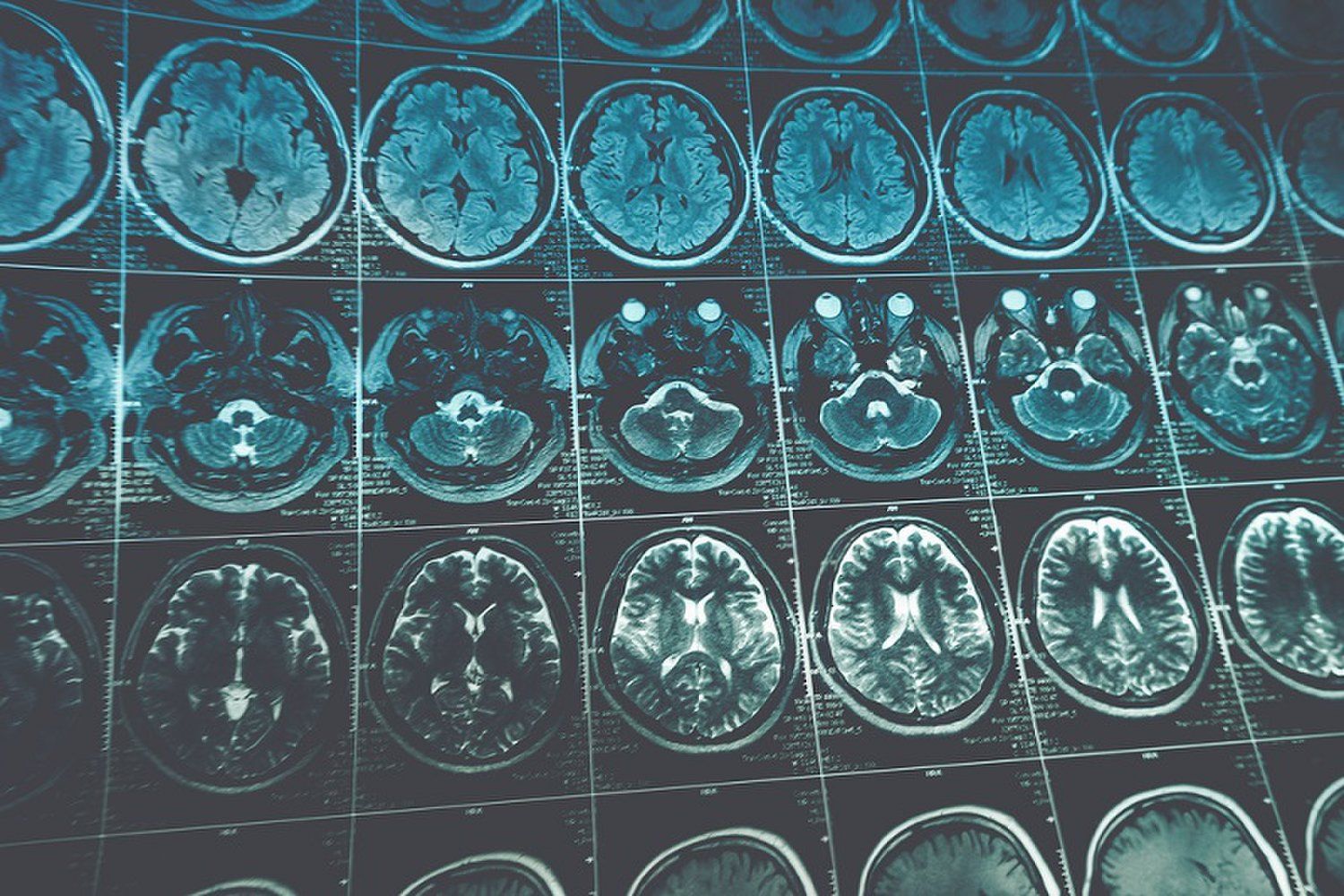Archive for the ‘biotech/medical’ category: Page 813
Jun 29, 2018
Electricity from germs could be the next big thing, say Israeli researchers
Posted by Klaus Baldauf in categories: biotech/medical, engineering, habitats, nanotechnology, nuclear energy, solar power, sustainability
You can generate electricity from oil, you can produce it from natural gas, you can make it from nuclear energy, and you can channel it from the sun, via solar energy conversion systems. You can even generate electricity from photosynthetic bacteria, also known as cyanobacteria, based on a new innovation developed at the Technion. As published in a study in the journal, Nature Communications, the Technion researchers have developed an energy-producing system that exploits both the photosynthesis and respiratory processes that cyanobacteria undergo, with the harvested energy leveraged to generate electricity based on hydrogen.
The study was conducted by three Technion faculty members: Professor Noam Adir from the Schulich Faculty of Chemistry, Professor Gadi Schuster from the Faculty of Biology, and Professor Avner Rothschild, from the Faculty of Materials Science and Engineering. The work involved collaboration between Dr. Gadiel Saper and Dr. Dan Kallmann, as well as colleagues from Bochum, Germany and the Weizmann Institute of Science. It was supported by various bodies, including the Nancy and Stephen Grand Technion Energy Program (GTEP), the Russell Berrie Nanotechnology Institute (RBNI), the Technion Hydrogen Technologies Research Lab (HTRL), the Adelis Foundation, the Planning and Budgeting Committee’s I-CORE program, the Israel Science Foundation, the USA-Israel Binational Science Fund (BSF) and the German research fund (DFG-DIP).
Scientists have long considered cyanobacteria a possible energy source. Cyanobacteria belong to a family of bacteria common to lakes, seas, and many other habitats. The bacteria use photosynthetic mechanisms that enable them to generate energy from sunlight. They also generate energy in the dark, via respiratory mechanisms based on digestion and degradation of sugar.
Continue reading “Electricity from germs could be the next big thing, say Israeli researchers” »
Jun 29, 2018
The First Rejuvenation Therapy Reaches Human Trials
Posted by Nicola Bagalà in categories: biotech/medical, life extension
Senolytics developed by UNITY Biotechnology are currently in Phase-1 clinical trials.
Today we are pleased to announce that UNITY Biotechnology is going into human clinical trials with the first true rejuvenation therapy that directly targets one of the processes of aging: senescent cells.
The quiet revolution
Continue reading “The First Rejuvenation Therapy Reaches Human Trials” »
Jun 29, 2018
Why Older People Are Using the Blood of Teenagers to Live Longer
Posted by Edward Futurem in categories: biotech/medical, food, life extension
The secret of life extension from vampires.
Getting older and dying is so inconvenient. Eating a healthy diet and exercising is a good start in warding off death, but if you’re looking to truly up your immortality game, the answer is simple: teen blood. For a whopping $8,000, the old and the wealthy can receive a blood transfusion from a teenager. Yes, you read that right.
At Ambrosia’s clinics in San Francisco and Tampa, Florida, the wrinkled are receiving what founder Dr. Jesse Karmazin simply refers to as a “young blood treatment.” Patients are administered a transfusion of around 0.66 gallons of blood acquired from donors between the ages of 16 and 25.
Continue reading “Why Older People Are Using the Blood of Teenagers to Live Longer” »
Jun 28, 2018
Russian scientists 3D printing biological tissues with magnets in microgravity
Posted by Klaus Baldauf in categories: 3D printing, bioprinting, biotech/medical, nanotechnology
3D bioprinting is a process for patterning and assembling complex functional living architectures in a gradient fashion. Generally, 3D bioprinting utilizes the layer-by-layer method to deposit materials known as bioinks to create tissue-like structures. Several 3D bioprinting techniques have been developed over the last decade, for example, magnetic bioprinting, a method that employs biocompatible magnetic nanoparticles to print cells into 3D structures.
But now a Russian research team has developed a new method of bioprinting that allows to create 3D biological objects without the use of layer-by-layer approach and magnetic labels. The new method, which involves magnetic levitation research in conditions of microgravity, was conducted by the 3D Bioprinting Solutions company in collaboration with other Russian and foreign scientists, including the Joint Institute for High Temperatures of the Russian Academy of Sciences (JIHT RAS).

Continue reading “Russian scientists 3D printing biological tissues with magnets in microgravity” »
Jun 28, 2018
Neurotoxins and Sleep: What You Need to Know
Posted by Nicholi Avery in categories: biotech/medical, neuroscience
Living in a culture dependant upon caffeine and lack of sleep, its important to remember that sleep offers an incredibly important biological function. One night of sleep deprivation is tied to Alzheimer’s disease.
While people once believed that sleep was merely a period of inactivity and rest, modern studies in chronobiology have shown that sleep is important for a variety of biochemical processes. A recent study suggests that sleep is even more important than physicians and scientists previously thought, allowing the brain to flush out toxic chemicals that build up over the course of a day.
Neurotoxins and Your Brain
Continue reading “Neurotoxins and Sleep: What You Need to Know” »
Jun 28, 2018
‘Breakthrough’ algorithm exponentially faster than any previous one
Posted by Dan Kummer in categories: biotech/medical, information science, robotics/AI
What if a large class of algorithms used today—from the algorithms that help us avoid traffic to the algorithms that identify new drug molecules—worked exponentially faster?
Computer scientists at the Harvard John A. Paulson School of Engineering and Applied Sciences (SEAS) have developed a completely new kind of algorithm, one that exponentially speeds up computation by dramatically reducing the number of parallel steps required to reach a solution.
The researchers will present their novel approach at two upcoming conferences: the ACM Symposium on Theory of Computing (STOC), June 25–29 and International Conference on Machine Learning (ICML), July 10 −15.
Continue reading “‘Breakthrough’ algorithm exponentially faster than any previous one” »
Jun 28, 2018
The State of Brain-Machine Interfaces
Posted by Marcos Than Esponda in categories: biotech/medical, genetics, neuroscience
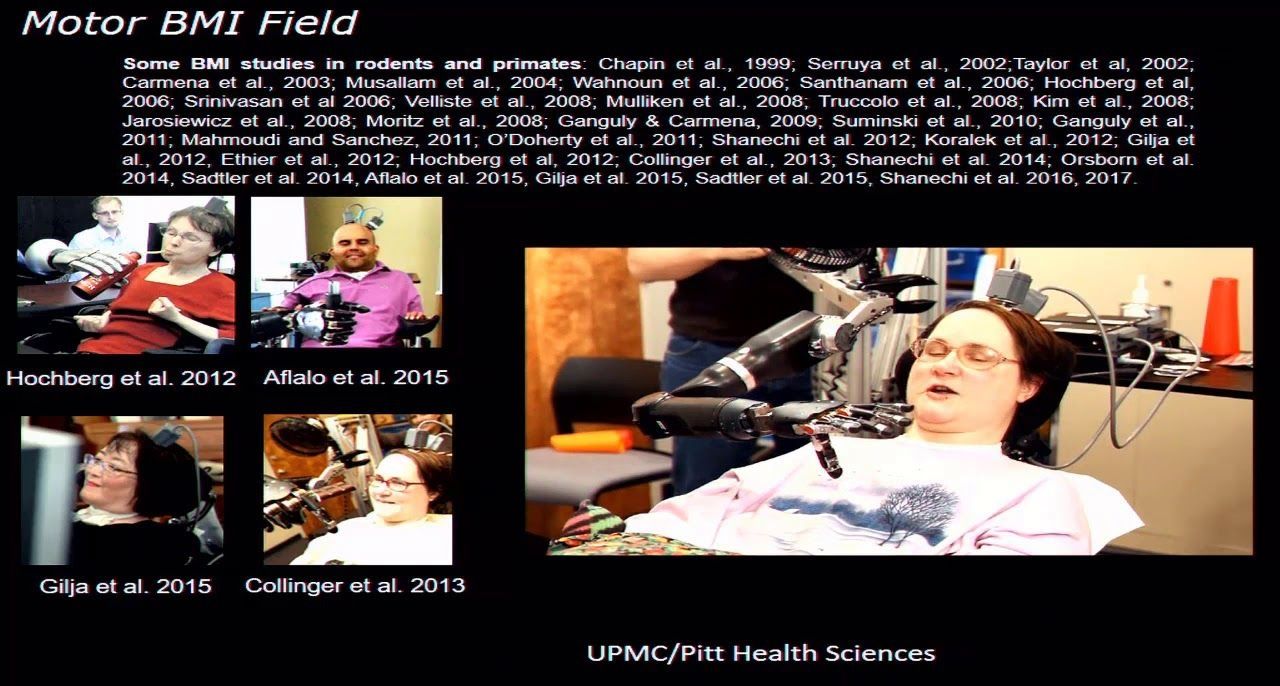
Maryam shanechi, university of southern california.
With recent technological advances, we can now record neural activity from the brain, and manipulate this activity with electrical or optogenetic stimulation in real time. These capabilities have brought the concept of brain-machine interfaces (BMI) closer to clinical viability than ever before. BMIs are systems that monitor and interact with the brain to restore lost function, treat neurological disorders, or enhance human performance.
Jun 28, 2018
A Flu Drug May Be Poised to Upend Treatment in U.S.
Posted by Genevieve Klien in category: biotech/medical
The medication can reduce the duration of symptoms.
- By Helen Branswell, STAT on June 28, 2018
Jun 28, 2018
Once-Dreaded Poliovirus Could Treat Brain Cancer
Posted by Genevieve Klien in categories: biotech/medical, genetics, neuroscience
Polio was a devastating disease before the development of the polio vaccine. But now, this once-feared virus might help treat another deadly illness — brain cancer.
In a new study, some patients who had an aggressive type of brain cancer called glioblastoma and who received a genetically modified poliovirus lived much longer than typical for these patients.
The study found that about 21 percent of the brain cancer patients who received the poliovirus therapy were alive three years later. In contrast, among a group of previously treated patients who had the same cancer but received standard therapies (such as chemotherapy), just 4 percent were alive after three years.
Continue reading “Once-Dreaded Poliovirus Could Treat Brain Cancer” »

